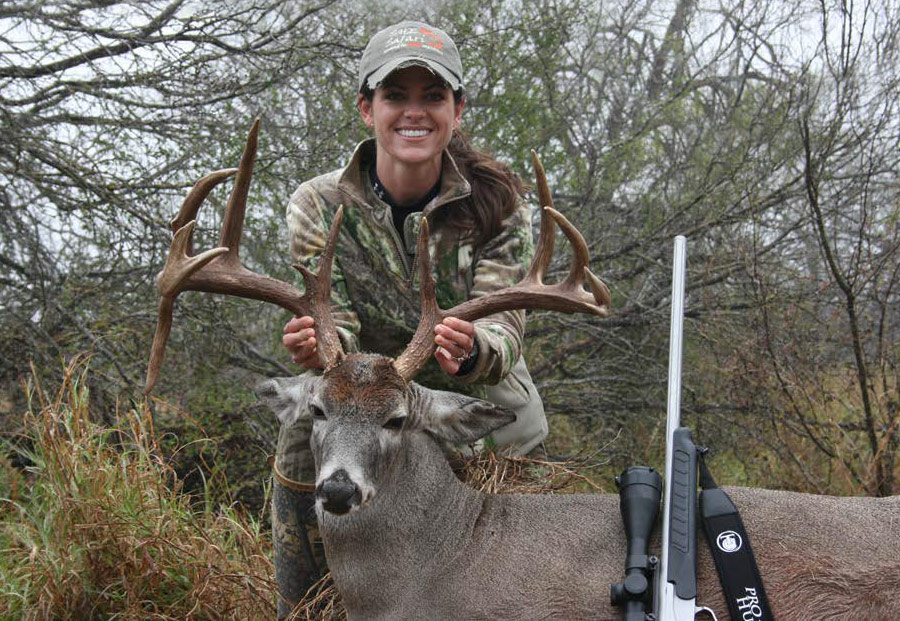White-tailed deer hunting is one of the most popular and rewarding outdoor activities in North America. Known for their agility, keen senses, and elusive nature, white-tailed deer present a unique challenge to hunters. Whether you’re a seasoned hunter or a novice, mastering the essentials of white-tailed deer hunting can significantly improve your chances of success. Here’s a guide with expert tips to help you become more effective and prepared for your next hunt.
- Understand Deer Behavior
The first step in successful white-tailed deer hunting is understanding the behavior of your target. White-tailed deer are creatures of habit, but they also have heightened awareness of their surroundings. During different seasons—such as the rut (breeding season)—their movements and patterns shift. During the fall and early winter, they tend to be more active at dawn and dusk, often feeding in fields or near water sources. In the early season, deer are typically found in areas with abundant food, like acorn-filled forests or crop fields.
Understanding their habits and tracking their movements is essential. Study deer tracks, droppings, and rubs (marks made by deer rubbing their antlers against trees) to get an idea of their activity.
- Choose the Right Location
Location is crucial when hunting white-tailed deer. Deer prefer areas that offer cover, food, and water, so look for spots where these elements intersect. Mature forests, thickets, and dense underbrush near feeding areas or water sources are prime locations. Deer also travel along trails that connect bedding areas with feeding grounds, so scouting for these natural pathways will increase your chances.
Consider setting up in tree stands or ground blinds, which allow for better concealment and a wider field of view. Tree stands are especially beneficial because they elevate you above the deer’s line of sight, reducing the chances of being detected.
- Master the Art of Scent Control
White-tailed deer have an exceptional sense of smell, making scent control one of the most critical aspects of the hunt. To avoid alerting deer to your presence, you must minimize human scent as much as possible. Use scent-blocking clothing, and wash all gear and clothes with unscented detergent. Consider using scent-eliminating sprays or wipes to mask your scent.
It’s also essential to be aware of the wind direction when setting up your hunting spot. Always position yourself so the wind is blowing from you to the deer, not the other way around. This way, your scent will be carried away from the deer, increasing your chances of remaining undetected.
- Use the Right Gear and Weaponry
Choosing the proper gear is crucial to a successful hunt. For weapons, many hunters use rifles, shotguns, or bows, depending on local regulations and personal preference. A rifle is the most common choice for long-range accuracy, while a bow provides a more challenging and rewarding experience for archery enthusiasts.
In addition to weapons, make sure you’re equipped with high-quality optics, such as binoculars or scopes, to spot deer from a distance. A good pair of boots for quiet movement and weather-appropriate clothing are also necessary. And don’t forget the importance of a solid hunting knife for field dressing your deer once the hunt is successful.
- Patience and Timing
Hunting is often a test of patience, and deer hunting is no exception. While you may spend hours waiting, understanding the timing of your hunt can improve your odds. Early mornings and late evenings are the prime times for deer activity, as they are most active during these low-light hours. Setting up well before dawn or staying until dusk can increase your chances of encountering a deer.
Moreover, always be patient when in your stand or blind. Remaining still and quiet is essential, as any sudden movements or noise can alert deer to your presence.
- Practice Ethical Hunting
Ethical hunting practices are vital for both conservation and respect for the animals you hunt. Always ensure you have the proper permits and follow local hunting regulations. Never shoot at a deer unless you’re confident in making a clean, humane shot. If you miss or make a poor shot, follow the blood trail carefully and give the deer time to rest before pursuing.
Conclusion
White-tailed deer hunting requires skill, patience, and preparation. By understanding deer behavior, choosing the right hunting location, controlling your scent, using the right gear, and practicing ethical hunting, you’ll increase your chances of a successful and rewarding hunt. Every season presents new challenges, but with these expert tips, you’ll be better equipped to face them head-on and enjoy the thrill of the hunt.

